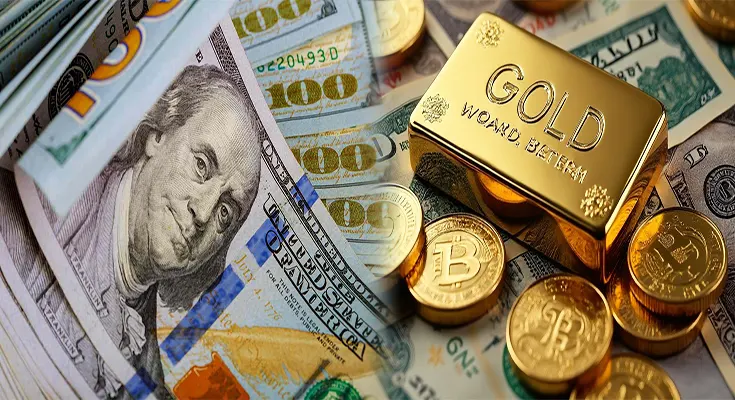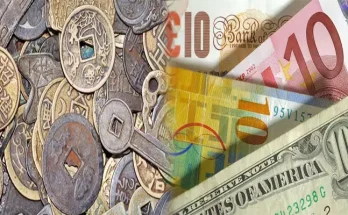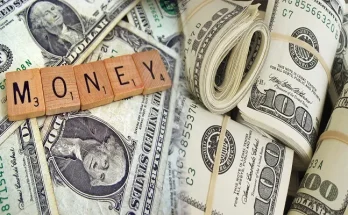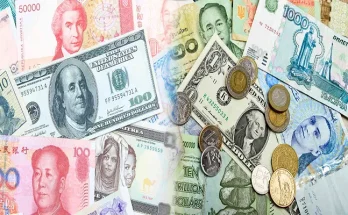In economics, the concept of money serves as a fundamental pillar of financial systems and plays a pivotal role in the functioning of modern economies. Money, in its broadest sense, encompasses various forms of currency and financial assets that facilitate the exchange of goods and services. With its multifaceted nature, money serves as a medium of exchange, a unit of account, and a store of value, providing individuals and businesses with the means to conduct transactions and measure wealth.
Types of Money
1. Commodity Money:
Commodity money refers to physical goods, such as gold, silver, or other valuable commodities, that possess intrinsic value and are used as a medium of exchange. Historically, commodities like gold and silver served as money due to their scarcity and universally recognized worth.
2. Fiat Money:
Fiat money, on the other hand, derives its value from the trust and confidence placed in the issuing authority, typically a government or central bank. Examples include the US dollar, euro, and yen, which have value as a medium of exchange by government decree.
3. Representative Money:
Representative money is backed by a physical asset, such as gold or silver, held in reserve by an issuing authority. While not directly redeemable for the underlying asset, representative money, such as gold certificates, serves as a claim on a commodity.
The Functions of Money
Money serves three primary functions within an economy:
- Medium of Exchange: Money facilitates the buying and selling of goods and services, eliminating the need for barter transactions and enabling efficient trade.
- Unit of Account: Money provides a common measure of value that allows for comparability of prices and financial transactions. Prices are denominated in the monetary unit, enabling individuals to assess the relative value of goods and services.
- Store of Value: Money serves as a repository of wealth that can be held for future use. While some forms of money may be subject to inflation or depreciation, the ability to store value represents a key function of money.
Examples of Money in Economics
- Currency: Physical notes and coins issued by governments, such as the US dollar, euro, pound sterling, and yen, represent fiat money and serve as a medium of exchange in daily transactions.
- Bank Deposits: Funds held in checking, savings, and other deposit accounts within financial institutions represent a significant portion of the money supply in modern economies. These deposits are used for transactions and serve as a store of value for depositors.
- Digital Payments: With the rise of digital currencies and electronic payment systems, money has evolved beyond physical forms. Examples include cryptocurrencies like Bitcoin and digital payment platforms such as PayPal and Venmo, offering alternative means of transacting value.
In essence, money in economics encompasses a diverse array of financial instruments and is essential for facilitating economic activity and driving commerce. Understanding the functions and types of money provides insight into the mechanisms that underpin modern financial systems and the exchange of goods and services.





